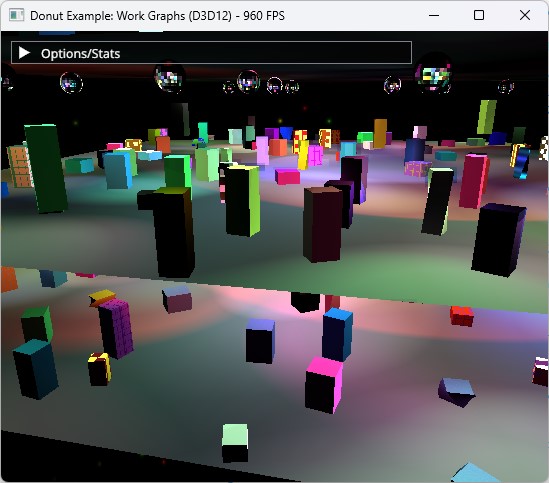DX12 Ultimate's new Work Graphs feature appears to improve performance in some specific scenarios.
A recent video published by Compusemble tests the capabilities of Work Graphsthe new feature of DirectX 12 Ultimate.
As can be seen from the images, in most cases the latter seems to offer similar performance to the past, but in some specific scenarios the increase appears significant. Let's find out the details together.
Work Graphs, what is it?
DirectX 12's Work Graphs feature officially launched earlier this week, after spending some time in the preview phase.
This feature aims to increase the autonomy of the GPU, moving part of the graphics work from the CPU to the video card and overall improving the load between the two components.
Already last year the boys of RemedyEntertainment had expressed their satisfaction with this technology, defining it as an important innovation for the future: “Communication between the CPU and GPU has long been a major cost to the performance of real-time applications like games, and in Alan Wake 2 we saw a noticeable performance gain when we moved more computations to the GPU. More precise control over GPU scheduling ensures that all available power can be used to its full potential. Improving something like this is critical and can be used in many algorithms we run at Northlight“.
We are still at the beginning
Work Graphs is currently in the early stages of its application and the performance increase is quite relative, given that the current version is limited to shader calculations.
However, the images shown in the video give hope for the near future: Microsoft is working to refine the new functionality, with the aim of extending its application to all platforms that use DirectX 12.
Work Graphs is currently only supported by NVIDIA RTX 30 and 40 series GPUs and AMD RDNA 3.
The news for DX12 doesn't stop there: Microsoft will soon present DirectSR, a technology that promises to simplify super sampling technologies.
#DirectX #Ultimate #Work #Graphs #feature #improve #gaming #performance


